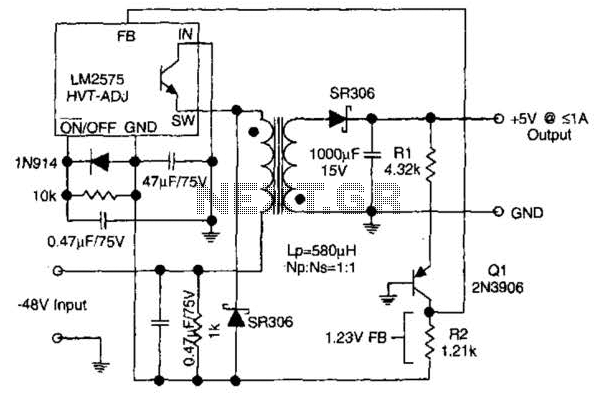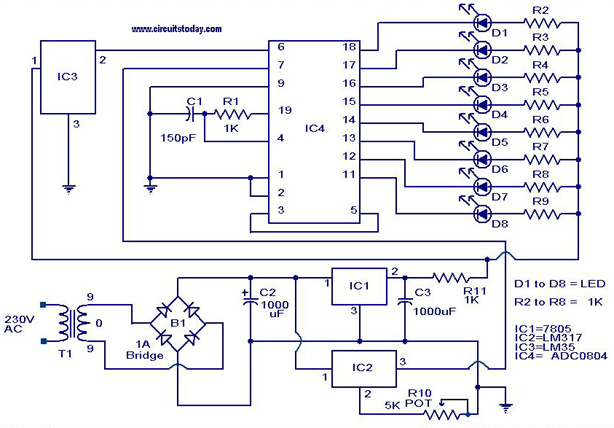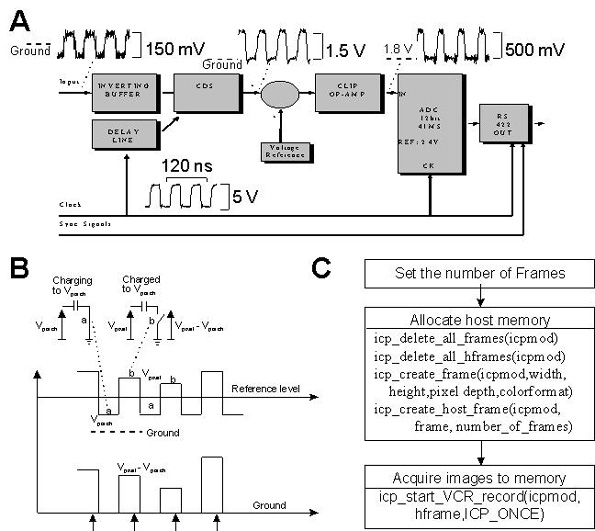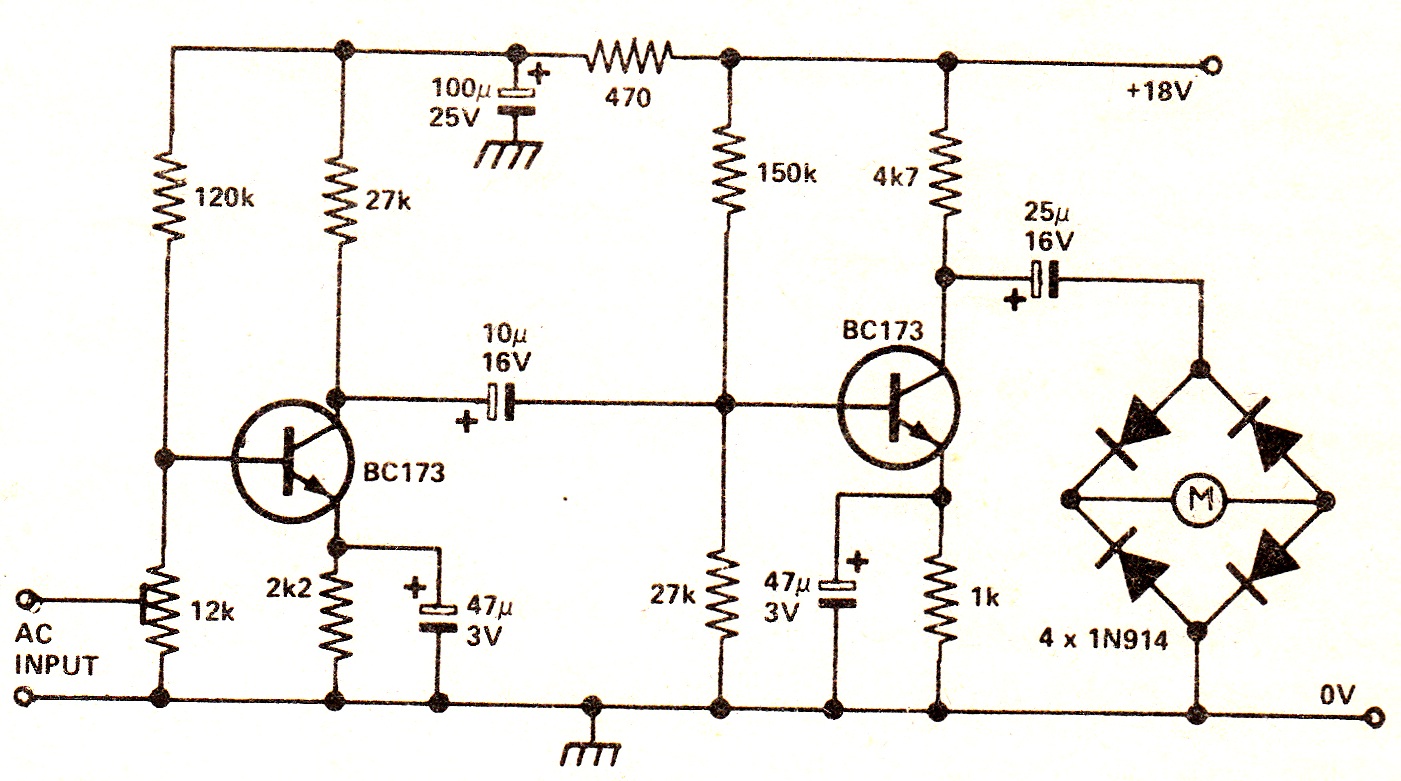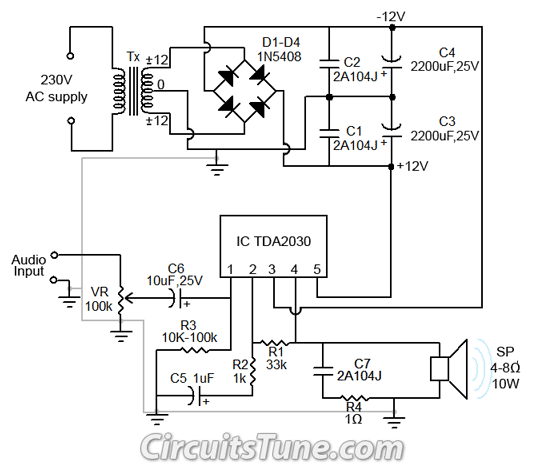
AC line circuit diagram of photoelectric switch
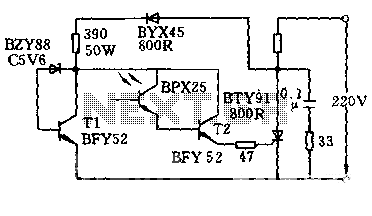
The circuit is designed to activate when the light intensity exceeds 700lx. In this configuration, a phototransistor and the BFY52 transistor are used to trigger the BTY91 thyristor with a current. When light strikes the phototransistor, a positive trigger pulse is generated approximately every 6 degrees after the initial activation. The average load current flowing through the half-wave DC circuit can reach up to 16A. The BZY88/C5 regulator, along with transistor T1 and a 390-ohm resistor, is employed to ensure that the trigger circuit voltage does not exceed 6V. A BYX45 diode is included to block the negative half-cycle of the grid voltage, while additional resistors and a 0.1uF capacitor are used to protect the thyristor from overvoltage conditions.
The circuit operates based on light intensity detection, utilizing a phototransistor as the primary sensing element. When ambient light levels rise above the specified threshold of 700lx, the phototransistor conducts, allowing current to flow and activating the BFY52 transistor. This transistor, in turn, generates a trigger pulse that is sent to the BTY91 thyristor, which is responsible for controlling the load current. The thyristor can handle significant current levels, up to 16A, making it suitable for various applications requiring high power.
The BZY88/C5 voltage regulator serves a critical role in maintaining the stability of the trigger circuit. It ensures that the voltage remains within safe limits, specifically below 6V, which is essential for the reliable operation of the components involved. The inclusion of a 390-ohm resistor helps to limit the current flowing into the trigger circuit, further protecting sensitive components from potential damage due to excessive voltage or current.
To prevent damage from negative voltage spikes, a BYX45 diode is positioned in the circuit to block any negative half-cycles from the AC supply. This diode ensures that only the positive half of the waveform contributes to the circuit's operation, which is crucial for maintaining the functionality of the thyristor.
Additionally, the circuit includes protective elements such as resistors and a 0.1uF capacitor that work together to mitigate overvoltage risks. These components help to absorb any transient voltage spikes that could occur during operation, thereby enhancing the overall reliability and longevity of the circuit.
In summary, this circuit is a sophisticated arrangement that leverages light intensity detection to control high-current loads safely and effectively. The careful selection of components and their arrangement ensures that the system operates reliably while providing necessary protections against voltage fluctuations.As shown in the circuit to light when the intensity 700lx above action, this time through the phototransistor and the transistor BFY52 BPX25 to thyristor BTY91 / 800R trigger current. When the light is irradiated on the phototransistor, the trigger pulse is always in the positive half weeks after the starting point occurred about 6 degrees each, by the arithmetic mean of the load flows through the half-wave DC current up to 16A. Regulator BZY88 / C5 and transistor T1 and the resistor 390 is connected to Europe, for limiting the trigger circuit voltage does not exceed 6V.
Diode BYX45 / 800R for blocking the negative half-cycle grid voltage, resistors and capacitors 0.1uF 33 Europe for protecting thyristors against overvoltage.
The circuit operates based on light intensity detection, utilizing a phototransistor as the primary sensing element. When ambient light levels rise above the specified threshold of 700lx, the phototransistor conducts, allowing current to flow and activating the BFY52 transistor. This transistor, in turn, generates a trigger pulse that is sent to the BTY91 thyristor, which is responsible for controlling the load current. The thyristor can handle significant current levels, up to 16A, making it suitable for various applications requiring high power.
The BZY88/C5 voltage regulator serves a critical role in maintaining the stability of the trigger circuit. It ensures that the voltage remains within safe limits, specifically below 6V, which is essential for the reliable operation of the components involved. The inclusion of a 390-ohm resistor helps to limit the current flowing into the trigger circuit, further protecting sensitive components from potential damage due to excessive voltage or current.
To prevent damage from negative voltage spikes, a BYX45 diode is positioned in the circuit to block any negative half-cycles from the AC supply. This diode ensures that only the positive half of the waveform contributes to the circuit's operation, which is crucial for maintaining the functionality of the thyristor.
Additionally, the circuit includes protective elements such as resistors and a 0.1uF capacitor that work together to mitigate overvoltage risks. These components help to absorb any transient voltage spikes that could occur during operation, thereby enhancing the overall reliability and longevity of the circuit.
In summary, this circuit is a sophisticated arrangement that leverages light intensity detection to control high-current loads safely and effectively. The careful selection of components and their arrangement ensures that the system operates reliably while providing necessary protections against voltage fluctuations.As shown in the circuit to light when the intensity 700lx above action, this time through the phototransistor and the transistor BFY52 BPX25 to thyristor BTY91 / 800R trigger current. When the light is irradiated on the phototransistor, the trigger pulse is always in the positive half weeks after the starting point occurred about 6 degrees each, by the arithmetic mean of the load flows through the half-wave DC current up to 16A. Regulator BZY88 / C5 and transistor T1 and the resistor 390 is connected to Europe, for limiting the trigger circuit voltage does not exceed 6V.
Diode BYX45 / 800R for blocking the negative half-cycle grid voltage, resistors and capacitors 0.1uF 33 Europe for protecting thyristors against overvoltage.
Warning: include(partials/cookie-banner.php): Failed to open stream: Permission denied in /var/www/html/nextgr/view-circuit.php on line 713
Warning: include(): Failed opening 'partials/cookie-banner.php' for inclusion (include_path='.:/usr/share/php') in /var/www/html/nextgr/view-circuit.php on line 713
